Aloe peglerae Rare succulent seeds pack of 10 seeds
₹149.00
In stock
SKU: Aloepeglerae
Category: cactus and succulent seeds
Aloe peglerae Seed propagation of Aloe peglerae is a feasible undertaking. This native South African is an odd but fascinating succulent and thrives in rocky, well-drained soil. Given proper care and conditions, it can be grown successfully from seeds.
Aloe peglerae Selecting the Right Soil and Pot
| Number of Seeds | 10 seeds |
|---|---|
| Temperature | Above 30C |
| Blooming Month | April To Dec |
| Sowing month | Feb to Oct |
| Sun | Full sun except may june |
Porous good fro germination Mix perlite, coarse sand, and a small amount of organic compost in equal proportions. Use a shallow pot or tray with drainage holes to avoid waterlogging. Fill the pot with the mixture prepared leaving an even surface for the seeds.
Sowing the Seeds
Aloe peglerae Sow seeds thinly over soil surface. Do not cover them too thickly since they need to germinate in light. Push them into the soil gently and mist with water to allow contact. Cover tray with clear plastic lid or plastic wrap to provide humidity.
Offering Best Conditions
Position the container in a warm, sunny spot with filtered light. Temperature for germination is 20-25°C (68-77°F). Water lightly moist and not waterlogged.
Aloe peglerae Germination and Early Growth
Seeds will usually germinate within two to six weeks. After seedlings, slowly remove the plastic wrap to fight humidity. Let them grow for several weeks before transplanting. Provide them with good air circulation during this time to avoid mold and rot.
Aloe peglerae Transplanting and Care
Once the seedlings develop a few true leaves, sow them individually in pots containing the same wonderful draining potting soil. Water sparingly and allow the ground to dry between waterings. Keep the new plants in light indirect light and acclimate them slowly to direct sun.
Long-Term Care
Once the plants are grown, water them generously but keep them moderately. Aloe peglerae can tolerate full sun but needs to be protected from scorching heat. Reduce watering during winter months to mimic its time of natural dormancy. With proper care, your aloe will become a nice, dense rosette later.
Seeds of Aloe peglerae not easy germinated, but the reward is a gorgeous, resilient plant. This gorgeous succulent plant is very easy to propagate, and if you follow these directions, you will be appreciating its beauty for years to come.
| Color | Grey |
|---|---|
| Germination Level | Hard |
| Growth Pattern | Up right Straight |
| Hybrid or Open Pollinated | Hybrid |
| Ideal location | Partial Sun |
| Origin Country | UK |
Be the first to review “Aloe peglerae Rare succulent seeds pack of 10 seeds” Cancel reply
You must be logged in to post a review.
Related products
cactus and succulent seeds
Echinocereus Rigidissimus Rubrispinus cactus seeds pack of 20 seeds
₹199.00
cactus and succulent seeds
Rated 5.00 out of 5
₹200.00
cactus and succulent seeds
Astrophytum Asteria Superkabuto Seeds rare Cactus Seeds Pack of 10 seeds
₹199.00
cactus and succulent seeds
Rated 5.00 out of 5
₹199.00



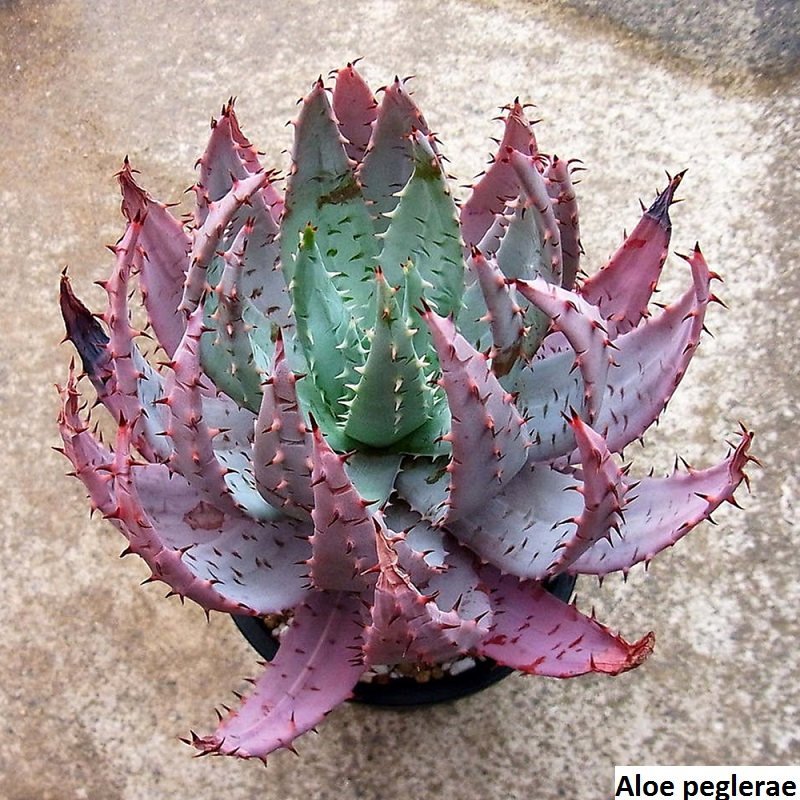
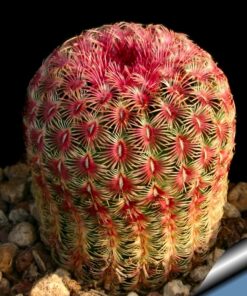

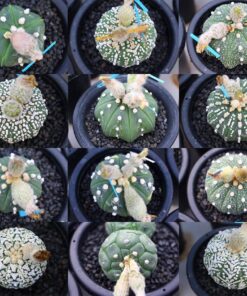

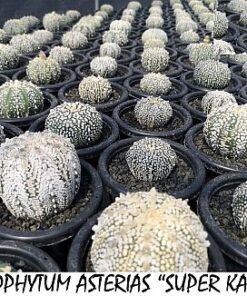
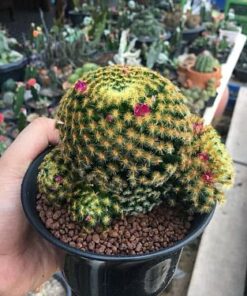
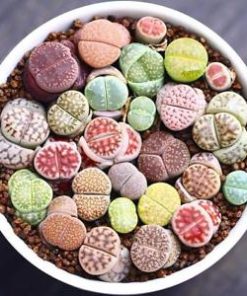
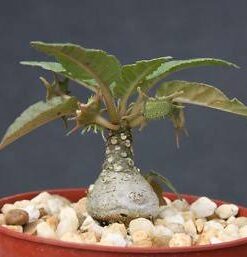
Reviews
There are no reviews yet.